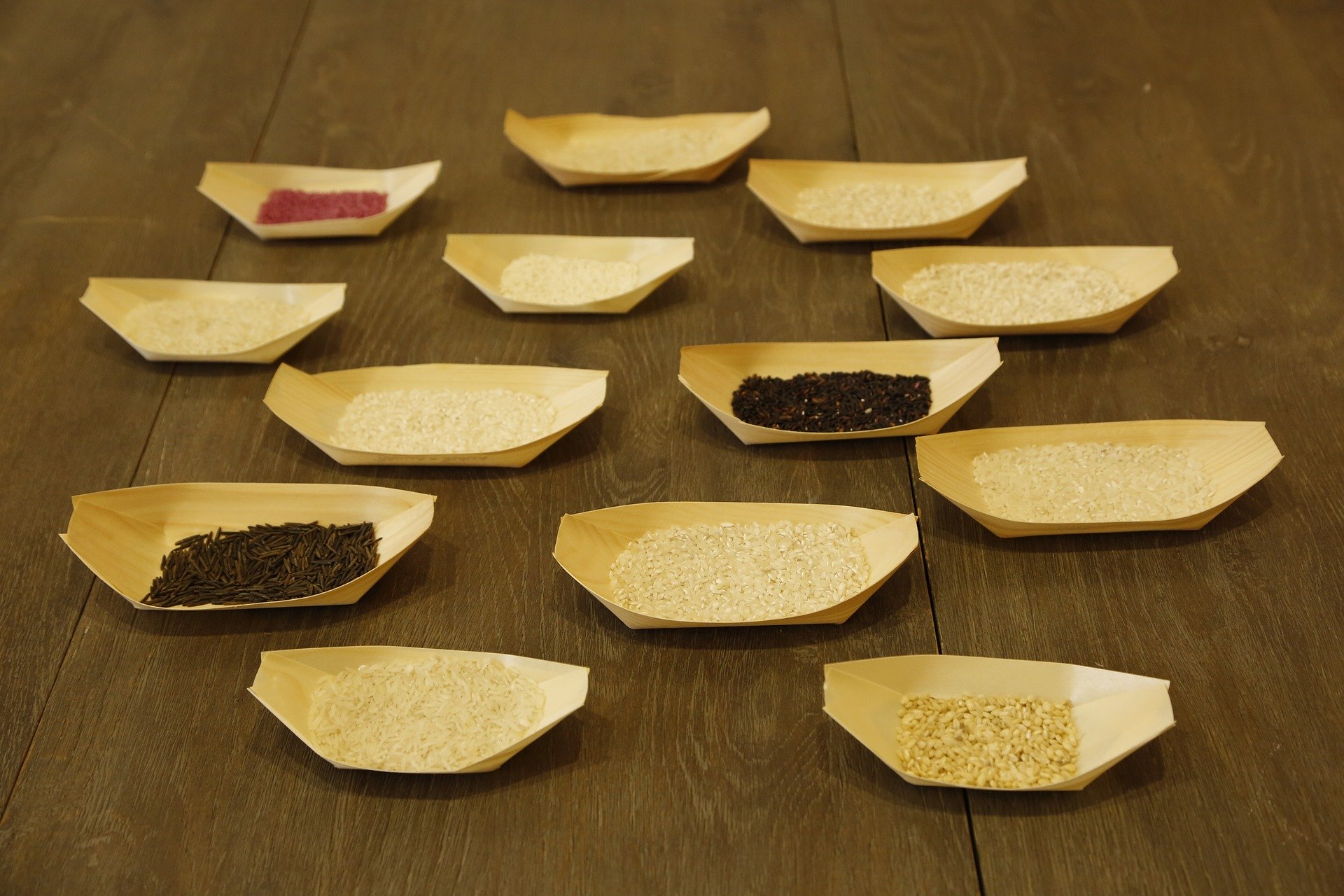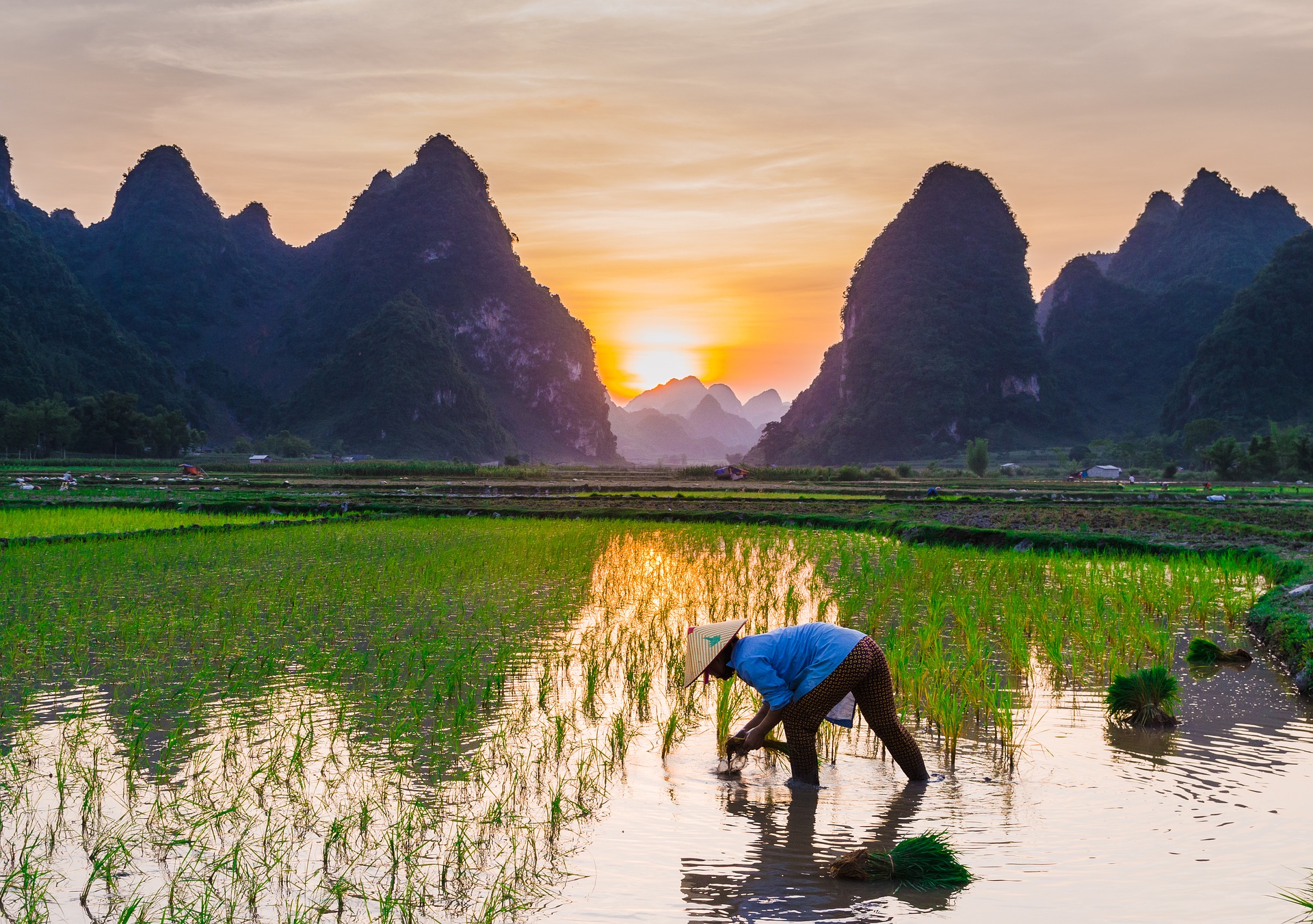
Rice (Oryza)
Plant:
Originating in Asia, rice is the staple food of a large part of the world population and is, therefore, the third most-produced cereal on the planet, just behind corn and wheat. China and India are the largest producers of this grain. In Portugal, rice consumption is one of the highest in Europe, underlining the latest statistics, each Portuguese consumes on average, around 15 kilos per year. There are seven different species and their multiple varieties depend on the long, medium, or round grain.
Properties:
It is antiseptic, antipyretic, antitoxic, and diaphoretic… Properties that result from the fact that rice is rich in carbohydrates (60% to 80%), about 7% protein, only 0.5% -2% fat, it also provides proteins, vitamins, and minerals essential to our body. But note that the common and beautiful white rice, the refined one, has already lost some of its main ingredients (it contains mainly carbohydrates).
In contrast, whole rice keeps all of its nutrients intact: carbohydrates (less), group B vitamins (B1, B2, B3, B6, B9), vitamins A, E, H and PP, minerals like zinc, selenium, copper, and magnesium, as well as antioxidant phytochemicals.
Benefits:
- Tonsillitis,
- cholesterol,
- dysentery,
- digestive,
- diuretic,
- degenerative diseases (of the intestine or colorectal),
- kidney and bladder diseases,
- flu,
- strengthens the immune system,
- metabolism,
- obesity,
- skin,
- pneumonia,
- constipation (white rice helps with diarrhea),
- lowers blood pressure due to low sodium levels,
- nervous system…
How to consume:
Rice is traditionally used in several cooking recipes or food products such as milk or rice oil. But this cereal is also active in beauty products, in animal feed, directly or via by-products such as animal rations. Rice is also used to make fertilizers generate electricity through biomass plants that burn rice bark, but the grain can also be used for other practices, such as drying electronic devices or fruit ripening.
Contraindication:
It is important to be aware because each body is different, there may be possible incompatibilities, total or momentary, generated by its ingestion.
This text is an awareness. Depending on the season and the moment in which you are, it is up to each Being to feel whether he should consume this food. The dosage and frequency depend on the nature and physical condition of each Human Being.





